Relationships are the bedrock, the foundation, of a long and satisfying life. And according to a growing body of research, building community is quite literally a matter of life and death. So what helps us build community? Can we apply current science to craft better connections? The research is both fascinating and practical – here’s a summary and a downloadable workshop to help you build better relationships.
The Grant Study is one of the world’s deepest pieces of longitudinal research. Researchers, funded by department store magnate W.T. Grant, began to track Harvard graduates in the 1930s. Seven decades later, the study’s director did not mince words about the importance of social connections. Community is “what keeps us happy and healthy. Period.”
Relationships, says George Vaillant, the longtime director of the study, are the single biggest predictor of life success. In addition to wellbeing and professional achievement, relationships might just keep us alive.
What is the most effective way to reduce your chances of dying? A recent study at Brigham Young University evaluated a wide range of factors from eating to exercise to social behaviors. Once again, it’s a sense of community and strong relationships that top the list. Social connection is even more predictive of longevity than smoking, drinking or eating habits. More predictive than smoking!!

HOW TO BUILD COMMUNITY MORE INTENTIONALLY
Anthropologist Robin Dunbar has investigated the theory for decades that the number of people we can maintain meaningful relationships with is limited by the size of our brains. It appears the ideal human community is around 150 people.
So how did he get to the number 150, which is now known as Dunbar’s number?
In the 1990s, while researching primates’ social grooming habits, Dunbar noticed a correlation between primate brain size and the social groups they formed. He found that the bigger the primate’s brain (specifically the size of their neocortex – a recently evolved part of the brain involved in higher functions like sensory perception, conscious thought, and language) the larger the social groups they form. And by plotting the correlation and extrapolating it to the size of the human brain, Dunbar made a famous prediction that has become known as Dunbar’s number: the number of people that one person can maintain meaningful relationships with is about 150.
It’s important to note that this is number is, as Dunbar readily admits, an estimate. The more specific finding is that the ideal group size, with a 95% confidence interval, is between 100 to 230. But 150 is a solid basis for exploration. And a lot of evidence exists to support this number
As discussed by Malcolm Gladwell in his bestselling book, The Tipping Point, Dunbar looked at 21 hunter-gatherer societies for which evidence exists, from the Walbiri of Australia to the Tauade of New Guinea to the Ammassalik of Greenland, and found an average village size of 148. The same holds true of military fighting units, past and present, which follow a rule of thumb that a fighting unit should not be larger than 200. The Hutterites, a self-sufficient religious group, follow a centuries-old tradition of breaking a village into two when it reaches the number 150.
So that is Dunbar’s number. Based on the size of our neocortex, humans can maintain about 150 stable social relationships. This is a good starting point for us to look at how to build community – at least we know what we’re working with. But, obviously, our relationships with those 150 people are going to vary a lot in terms of how close we are to each person. Thankfully, further research by Dunbar and his colleagues has broken this number down into layers based on the closeness of the relationships, and this is where the real fun starts in terms of consciously building community in our lives.

FROM BFF’S TO THE POSTMAN: DUNBAR’S LAYERS
 Human social groups are structured in a series of layers that extend out beyond the 150 number,” Dunbar said recently in an interview with Scientific American. “Generally speaking, humans each have one to two special friends, five intimate friends, 15 best friends, 50 good friends, 150 ‘just friends’ and 500 acquaintances. Our relationships form a series of expanding circles of increasing size and decreasing intensity and quality of the relationship.”
Human social groups are structured in a series of layers that extend out beyond the 150 number,” Dunbar said recently in an interview with Scientific American. “Generally speaking, humans each have one to two special friends, five intimate friends, 15 best friends, 50 good friends, 150 ‘just friends’ and 500 acquaintances. Our relationships form a series of expanding circles of increasing size and decreasing intensity and quality of the relationship.”
These layers have been confirmed by studies of phone records, and more recently, Facebook.
A study from 2007 by Dunbar and his colleagues at Oxford looked at a set of 6 billion calls made by 35 million people in an unnamed European country. This happened before the widespread use of messaging apps and social networking sites, when cell phone calls were still a primary avenue of social contact. They counted the number of calls each person made to his or her contacts and used clustering algorithms to look at the results. And what did they find? The average cumulative layer held 4.1, 11.0, 29.8, and 128.9 people.“These numbers are a little smaller than the conventional numbers for Dunbar layers, but within their natural range of variation,” the researchers said. It seems reasonable to suppose the number is slightly smaller because cell phone data covers only a portion of a person’s total social interactions.
Similarly, Professor Dunbar led a study tracking Facebook connections of two groups of more than 3,300 people in UK. The first group had 155 Facebook friends on average, and the second averaged 183 . But the most interesting part is that when asked how many of those friends they could turn to in a crisis, people responded with an average of 4. And when asked how many they could turn to for sympathy, people responded 14 – mirroring the friendship layers.
Dunbar’s number and layers rest on a solid foundation of scientific research. And all this got me thinking: Who are my 5, 15, 50 and 150, or who do I want to be in each group?
What am I contributing to each of those circles of people, and what are they giving to me?
Honestly, until I asked myself these questions, I never realized I had so many choices in terms of how to build community. I took community for granted as something that happened, not something that I could consciously create. But that is one of the biggest lessons from Dunbar’s research: we have a limited capacity to have relationships with other people. Our brains can only handle so much. So it’s essential to leverage our social capacity to really fulfill our needs, and get the mental and physical health benefits that research continues to find in individuals with strong social networks.
To that end, asking yourself these questions can help you take more control of your social life. Consciously thinking about your social relationships – where they are, where you want them to be, and what you want out of them – is the first step to building the social network that you really crave. And I made this exercise to help myself, and you or whoever else, do exactly that. It takes about 10 minutes to go through, but it helps build a foundation for applying Dunbar’s research to real life and making sure you’re creating the best possible community and support network for yourself.

HOW TO BUILD COMMUNITY: 3 STEPS TO CONNECT
1. DESIGN YOUR DREAM HOUSE
Who do you want to be in each of your circles, and what do you want from those relationships? The answers are not meant to be limiting, but they can help focus your energy and effort to make sure you’re constantly reinforcing this essential pillar of your life.
For example, when I thought about my innermost circle of intimate friends (the one with about 5), I realized that one person was crystal clear, my partner. But after that? Crickets. I realized that I needed to invest more in the other people who I wanted to be in that circle, because they had been sort of pushed out to a less intimate place by my lack of effort. That realization has been the catalyst to talk with my mother a lot more, and re-strengthen our relationship even though we live far apart. And it has totally worked. And it’s also been the impetus to take my friendship with a few people who were in the next realm out to a more intimate place. I feel better supported, and more connected, as a result.
The first step in answering the question of how to build community is to sort of design your “dream house.” Before you put in the work of building it, make a plan that clarifies exactly what you want!


2. LEARN YOUR BARISTA’S NAME
The research on longevity at Brigham Young University found that the top two predictors of survival are two distinct, but related, aspects of our social lives. The first is your close relationships. Those are the people in the circles closest to you – the 5 or 15 people that you have an intimate relationship with. These are the people you can count on to take you to the doctor, sit with you when you’re having an existential crisis, or pick you up when your car breaks down. The Grant Study at Harvard similarly found intimate relationships to be predictive of mental and physical health. They act as a sort of protective balm for life’s ups and downs.
But the other aspect of our social lives that predicts longevity, even more strongly than our close relationships, is something called social integration. It refers to how many people you interact with as you go through your day. This includes the people you’re really close to, but also the “weaker” bonds that make up your wider community. Do you know who makes your coffee? Do you know that guy who walks his dog by your house every morning? What about the person who grows the food you eat? Are you part of a book club or game night? Research shows that the strength of these bonds are highly correlated with how long you will live.
So to summarize the 2nd tip for how to build community: Invest wisely in both your intimate relationships and in cultivating strong social connections to your wider community.
And that leads us to the last tip, which looks less at who you spend time with, and more at what you do with them.
3. GROOM YOURSELF THE RIGHT WAY
According to Robin Dunbar, some activities (what he calls primates’ physical grooming) produce particularly strong feelings of social bonding. Jogging, singing, dancing and storytelling have been found to be especially bonding. Dunbar says that the social aspect seems to compound the positive effects: “You’re going to get an endorphin kick from any physical activity, but if it’s done in synchronicity with somebody else, the effect ramps up significantly, our studies have found.” Another common factor for social bonding is laughter. We release endorphins when we laugh that greatly contributes to feeling connected with others.
These activities help us feel connected, and as shown by the BYU and Harvard studies, contributes to our mental and physical wellbeing: “Laughing together, jogging together, dancing together, singing together, telling emotionally wrenching stories, going to see weepy films—these activities buffer the body biochemically and immunologically against the kinds of coughs and colds of everyday life.”

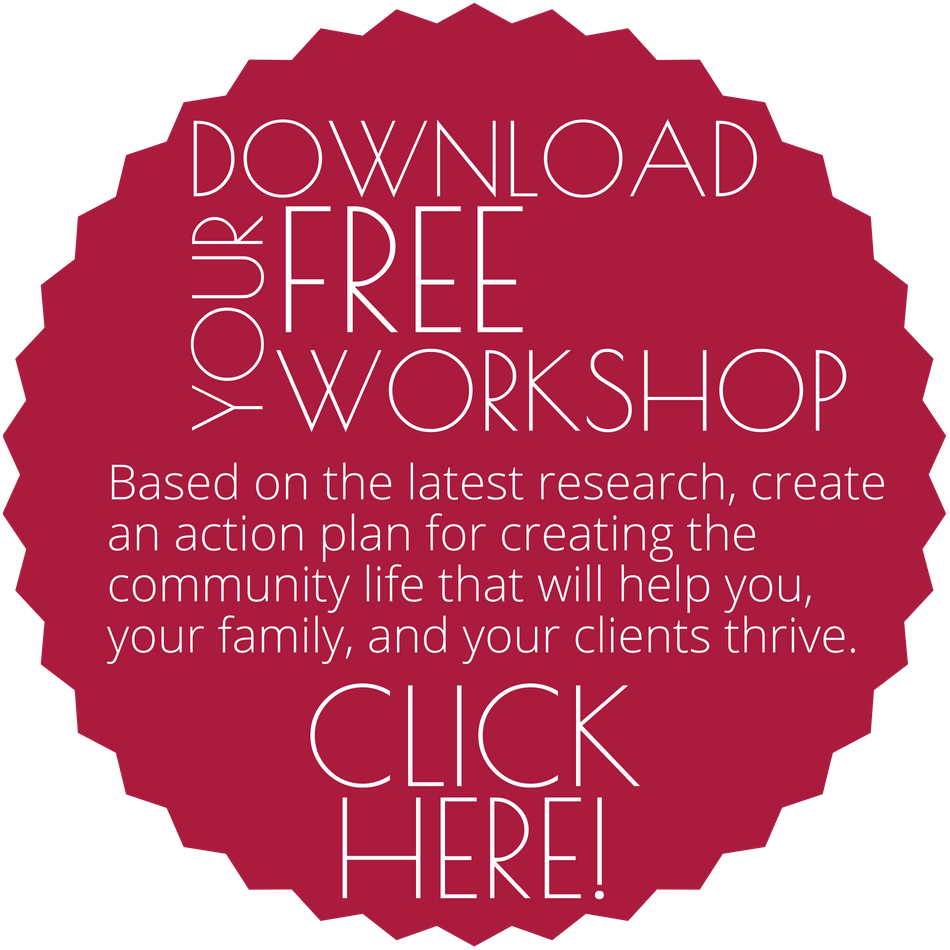
- Pursue Noble Goals in the Six Seconds Model of EQ - July 29, 2023
- Increase Empathy in the Six Seconds Model of EQ - July 26, 2023
- Exercise Optimism - July 24, 2023



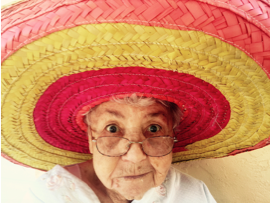


Thank you for this interesting read. I have requested the free workshop. I would like to mention that the small print about what you use the information for, and what we would like to get from the workshop needs to be in a colour that contrasts more with the background colour. It was impossible for me to read, and my eyesight is average. I had to go and find a magnifying glass to read it. To be more inclusive it would be better in a greater contrast.